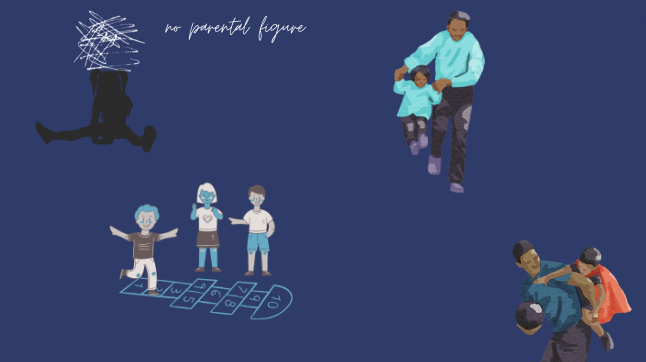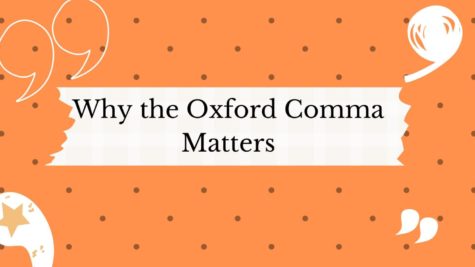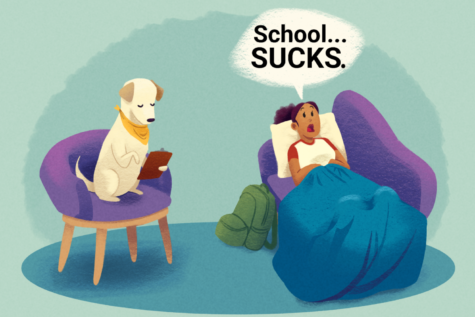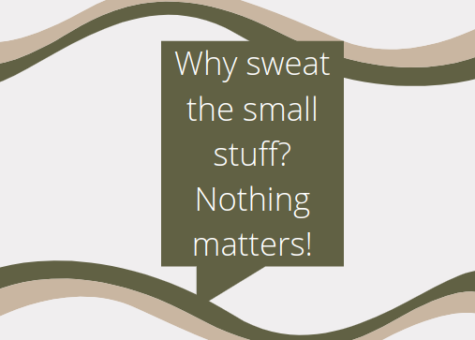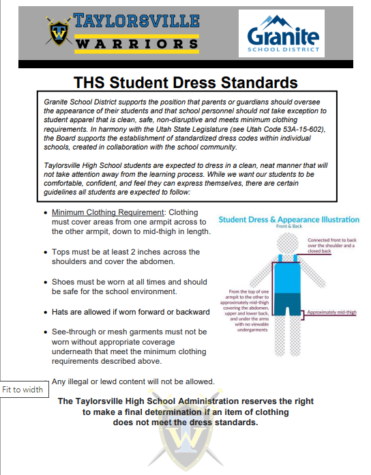Staff Ed: Standards-Based Grading
October 6, 2018
Rumor has it that the Granite School District is attempting to integrate standards-based grading in all of their schools. Taylorsville High School Principal, Mrs. Liddell said, currently a number of elementary schools and junior highs have already taken that leap and several teachers at Taylorsville High School are trying it out.
Standards-based grading grades on a numerical scale from 1 to 4. It tests the students’ proficiency and performance in a course though regular quizzes and assessments. The scores are only recorded through these evaluations, so homework and other forms of classroom activity aren’t seen on the students’ transcripts at all. Still, students have a chance to improve their grade by retaking the tests.
The Warrior Ledger staff has compared the traditional grading system to standards-based grading, reaching the conclusion that this change is a bad idea–at least from a student perspective and as it stands right now.
According to Classroom.synonym.com, teachers have been grading traditionally since the later half of the nineteenth century. Shifting towards a different method introduces a lot of complications for students, teachers, and parents.
Students have grown accustomed to homework, participation points, and projects. Relying on testing alone to measure a student’s abilities alienates hard-working students that don’t do well on assessments. Thus, they fail and students who never attend class, but test well, pass.
In a way, it is contradictory. The school board wants more success within their programs, but continues to only solve half of the problem. They need more students to show progress and graduate. With the current grading system, only a portion of students are doing that. Merging over to a new grading system will still show similar results. Those who won’t meet standards aren’t going to have this desired outcome.
Teachers will have to learn how to adapt to this transformation. So many educators practice the ‘one chance’ technique. They give their students one chance on their tests to see where they’re at. Then the students make up their points through homework and other tasks. However, with standards-based grading, the students will have multiple opportunities to make up their quizzes. Although this could be beneficial to students who study and do better, it makes it more difficult and burdensome for teachers because they have to continuously give students the same test who aren’t grasping the concept. They also have to prepare curriculum that isn’t getting scored. There is a high probability that those who have gotten used to such a technique, will continue to give students one chance regardless. Ultimately costing the student.
Parents have adapted to the traditional A through F system too. When report cards start pouring in, confusion will be abundant. They won’t know how to interpret their kids’ grades since the scoring is so different. Some parents may even think that ‘meeting standards’ means their student is performing worse than before.
Overall, the Warrior Ledger Staff thinks that standards-based grading brings up too many unknown variables at this time. If we want to implement this system and really make it work, there are a lot of questions that need to be resolved. The success of the school should be considered, but so should the students’ concerns.


